another day ok
Gabriella Grill
Fruit Preserves is an exploration of decay and protection. I have encapsulated fruit including apples, lemons, pears, clementines, and strawberries, inside of shells made from various materials. While the materials that envelop the fruit may range from metal solder to wax to enamel paint, the fruit are protected to various degrees. Some fruits are protected in a hard shell, while others remain soft and malleable. The project was an effort to save the fruit from decay, and protect them from their decomposition. Ultimately though, the fruit could not be saved. Even the coatings that seem to be airtight have sticky juices and residue seeping to the outside of the shells. The fruit are mummies as well as votives, preserved to a degree and presented as tokens that resist decay.

4 Clementines // c. May 2020 // clementines, copper foil, metal solder

4 Clementines // c. May 2020 // clementines, copper foil, metal solder

4 Clementines // c. May 2020 // clementines, copper foil, metal solder

4 Clementines // c. May 2020 // clementines, copper foil, metal solder

4 Clementines // c. May 2020 // clementines, copper foil, metal solder

Clementine Punctured by Pins // c. March 2020 // clementine, pins, wax, wire

Clementine Punctured by Pins // c. March 2020 // clementine, pins, wax, wire

Clementine Punctured by Pins // c. March 2020 // clementine, pins, wax, wire

Clementine Punctured by Pins // c. March 2020 // clementine, pins, wax, wire

Clementine Punctured by Pins // c. March 2020 // clementine, pins, wax, wire

Clementine Punctured by Pins // c. March 2020 // clementine, pins, wax, wire

Clementine Punctured by Pins // c. March 2020 // clementine, pins, wax, wire

Soldered Clementine// c. February 2020 // clementine, copper, metal solder

Soldered Clementine// c. February 2020 // clementine, copper, metal solder

Soldered Clementine// c. February 2020 // clementine, copper, metal solder

Soldered Clementine// c. February 2020 // clementine, copper, metal solder

Soldered Clementine// c. February 2020 // clementine, copper, metal solder

Soldered Clementine// c. February 2020 // clementine, copper, metal solder

Soldered Clementine// c. February 2020 // clementine, copper, metal solder

Lemon in Clay Casing // c. March 2020 // lemon, epoxy clay, studio debris

Lemon in Clay Casing // c. March 2020 // lemon, epoxy clay, studio debris

Lemon in Clay Casing // c. March 2020 // lemon, epoxy clay, studio debris

Lemon in Clay Casing // c. March 2020 // lemon, epoxy clay, studio debris
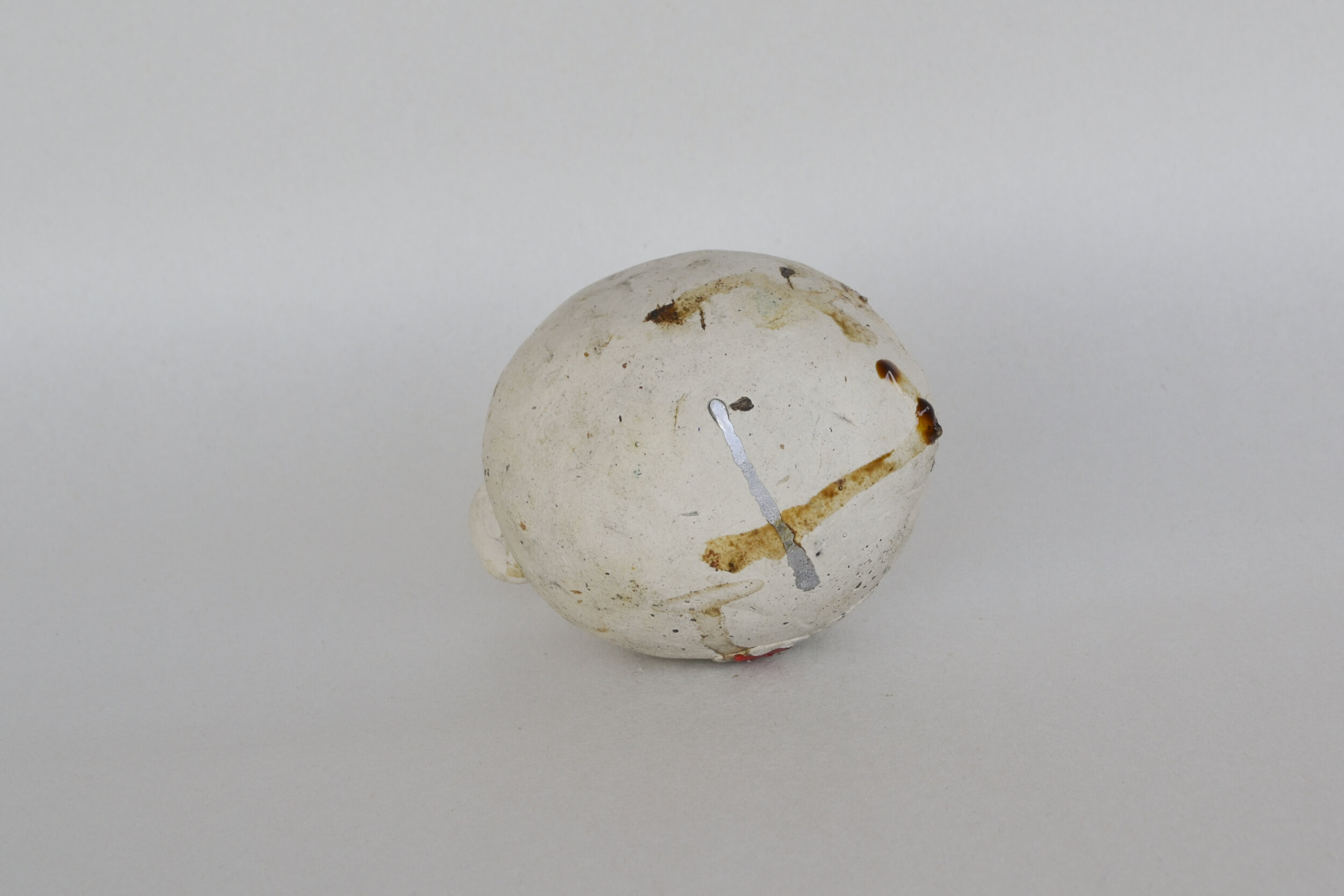
Lemon in Clay Casing // c. March 2020 // lemon, epoxy clay, studio debris

Lemon in Clay Casing // c. March 2020 // lemon, epoxy clay, studio debris

Lemon in Clay Casing // c. March 2020 // lemon, epoxy clay, studio debris

Soldered Apple // c. March 2020 // metal solder, apple, copper foil

Soldered Apple // c. March 2020 // metal solder, apple, copper foil

Soldered Apple // c. March 2020 // metal solder, apple, copper foil

Soldered Apple // c. March 2020 // metal solder, apple, copper foil

Soldered Apple // c. March 2020 // metal solder, apple, copper foil

Soldered Apple // c. March 2020 // metal solder, apple, copper foil

Apple in Debris Casing // c. April 2020 // gold glitter, sawdust, baking soda, coffee, wax, poultry staple

Apple in Debris Casing // c. April 2020 // gold glitter, sawdust, baking soda, coffee, wax, poultry staple

Apple in Debris Casing // c. April 2020 // gold glitter, sawdust, baking soda, coffee, wax, poultry staple

Apple in Debris Casing // c. April 2020 // gold glitter, sawdust, baking soda, coffee, wax, poultry staple

Apple in Debris Casing // c. April 2020 // gold glitter, sawdust, baking soda, coffee, wax, poultry staple

Apple in Debris Casing // c. April 2020 // gold glitter, sawdust, baking soda, coffee, wax, poultry staple

Apple in Debris Casing // c. April 2020 // gold glitter, sawdust, baking soda, coffee, wax, poultry staple

Enamel Lemon // c. March 2020 // lemon, enamel paint, poultry staple

Enamel Lemon // c. March 2020 // lemon, enamel paint, poultry staple

Enamel Lemon // c. March 2020 // lemon, enamel paint, poultry staple

Enamel Lemon // c. March 2020 // lemon, enamel paint, poultry staple

Enamel Lemon // c. March 2020 // lemon, enamel paint, poultry staple

Enamel Lemon // c. March 2020 // lemon, enamel paint, poultry staple
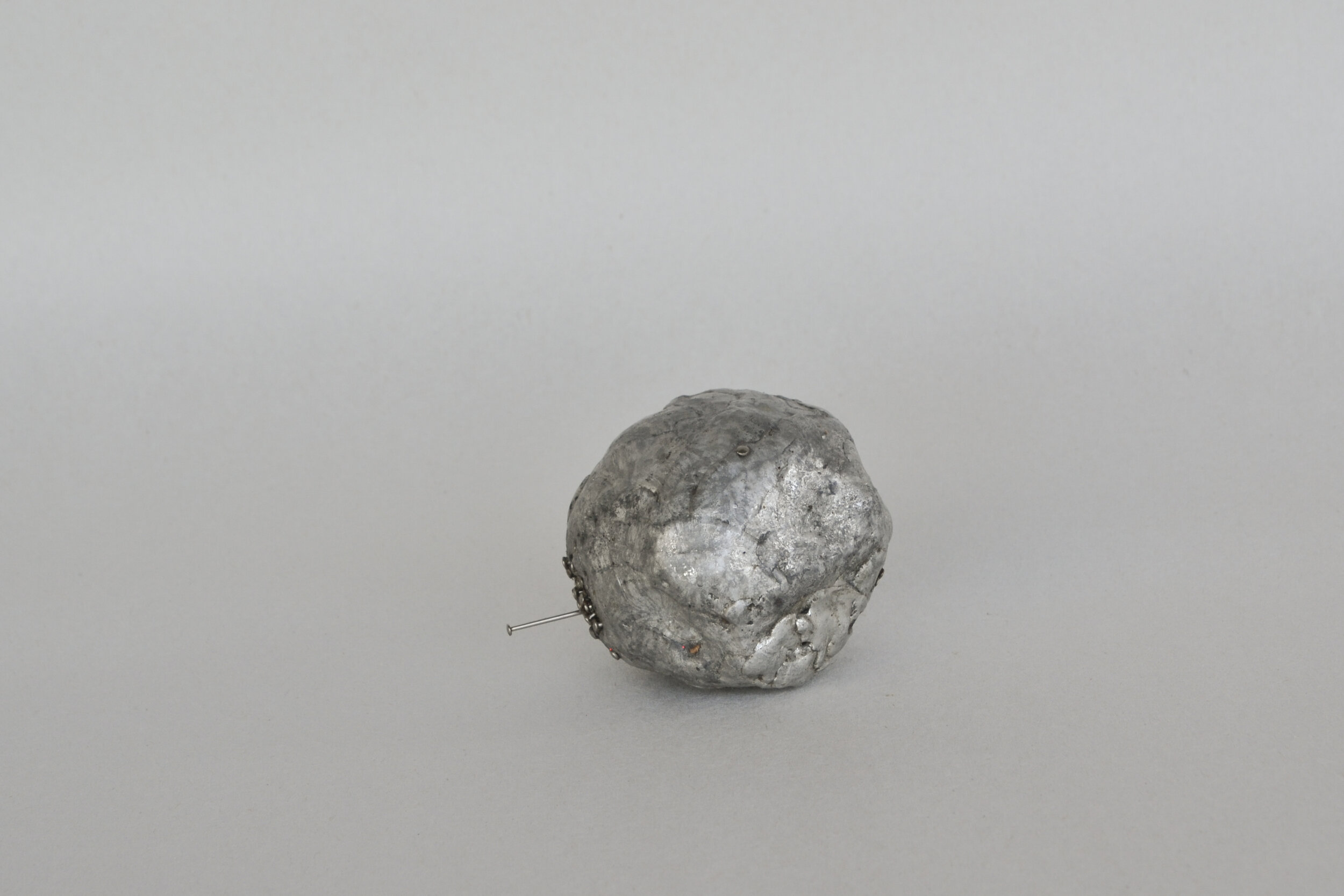
Soldered Clementine and Pins // c. February 2020 // clementine, metal solder, pins, wire, copper foil

Soldered Clementine and Pins // c. February 2020 // clementine, metal solder, pins, wire, copper foil

Soldered Clementine and Pins // c. February 2020 // clementine, metal solder, pins, wire, copper foil

Soldered Clementine and Pins // c. February 2020 // clementine, metal solder, pins, wire, copper foil

Soldered Clementine and Pins // c. February 2020 // clementine, metal solder, pins, wire, copper foil

Soldered Clementine and Pins // c. February 2020 // clementine, metal solder, pins, wire, copper foil

Soldered Clementine and Pins // c. February 2020 // clementine, metal solder, pins, wire, copper foil

Withered Lemon in Clay Casing // c. March 2020 // lemon, epoxy clay, poultry staple

Withered Lemon in Clay Casing // c. March 2020 // lemon, epoxy clay, poultry staple

Withered Lemon in Clay Casing // c. March 2020 // lemon, epoxy clay, poultry staple

Withered Lemon in Clay Casing // c. March 2020 // lemon, epoxy clay, poultry staple

Withered Lemon in Clay Casing // c. March 2020 // lemon, epoxy clay, poultry staple

Apple with Pins in Salt Casing // c. February 2020 // apple, pins, salt, glue

Apple with Pins in Salt Casing // c. February 2020 // apple, pins, salt, glue

Apple with Pins in Salt Casing // c. February 2020 // apple, pins, salt, glue

Apple with Pins in Salt Casing // c. February 2020 // apple, pins, salt, glue

Apple with Pins in Salt Casing // c. February 2020 // apple, pins, salt, glue

Apple with Pins in Salt Casing // c. February 2020 // apple, pins, salt, glue

Clementine in Solder // c. May 2020 // metal solder, copper, clementine

Clementine in Solder // c. May 2020 // metal solder, copper, clementine

Clementine in Solder // c. May 2020 // metal solder, copper, clementine

Clementine in Solder // c. May 2020 // metal solder, copper, clementine
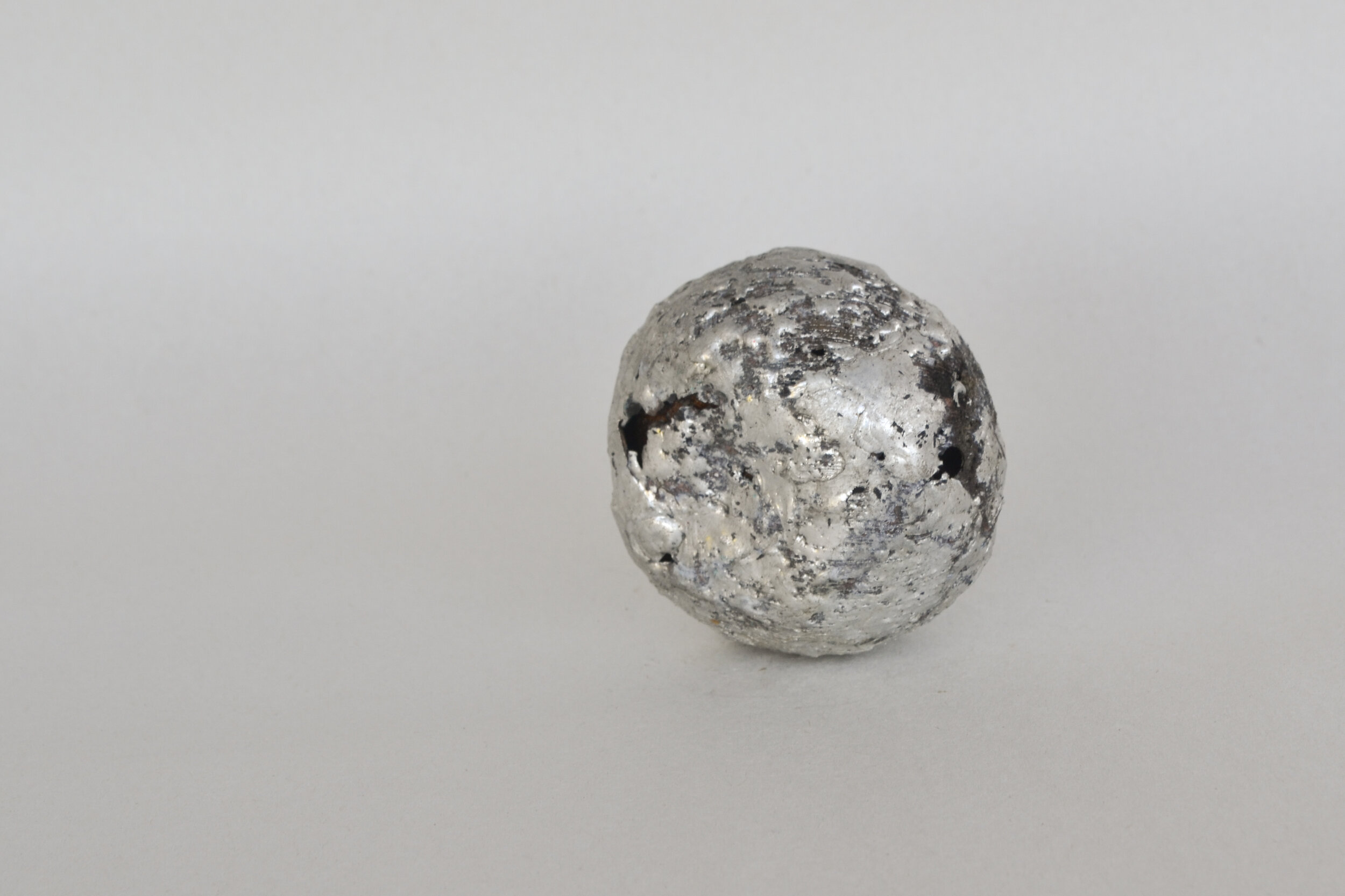
Clementine in Solder // c. May 2020 // metal solder, copper, clementine

Clementine in Debris Casing // c. February 2020 // clementine, sawdust, baking soda, glitter, studio debris, poultry staple, binder

Clementine in Debris Casing // c. February 2020 // clementine, sawdust, baking soda, glitter, studio debris, poultry staple, binder

Clementine in Debris Casing // c. February 2020 // clementine, sawdust, baking soda, glitter, studio debris, poultry staple, binder

Clementine in Debris Casing // c. February 2020 // clementine, sawdust, baking soda, glitter, studio debris, poultry staple, binder

Clementine in Debris Casing // c. February 2020 // clementine, sawdust, baking soda, glitter, studio debris, poultry staple, binder

Soldered Lemon // c. March 2020 // metal solder, copper foil, lemon, copper wire

Soldered Lemon // c. March 2020 // metal solder, copper foil, lemon, copper wire

Soldered Lemon // c. March 2020 // metal solder, copper foil, lemon, copper wire

Soldered Lemon // c. March 2020 // metal solder, copper foil, lemon, copper wire

Soldered Lemon // c. March 2020 // metal solder, copper foil, lemon, copper wire

Soldered Lemon // c. March 2020 // metal solder, copper foil, lemon, copper wire

Clementine in Clay Casing // c. March 2020 // clementine, epoxy clay, gold dust, poultry staple

Clementine in Clay Casing // c. March 2020 // clementine, epoxy clay, gold dust, poultry staple

Clementine in Clay Casing // c. March 2020 // clementine, epoxy clay, gold dust, poultry staple

Clementine in Clay Casing // c. March 2020 // clementine, epoxy clay, gold dust, poultry staple

Clementine in Clay Casing // c. March 2020 // clementine, epoxy clay, gold dust, poultry staple

Clementine in Clay Casing // c. March 2020 // clementine, epoxy clay, gold dust, poultry staple
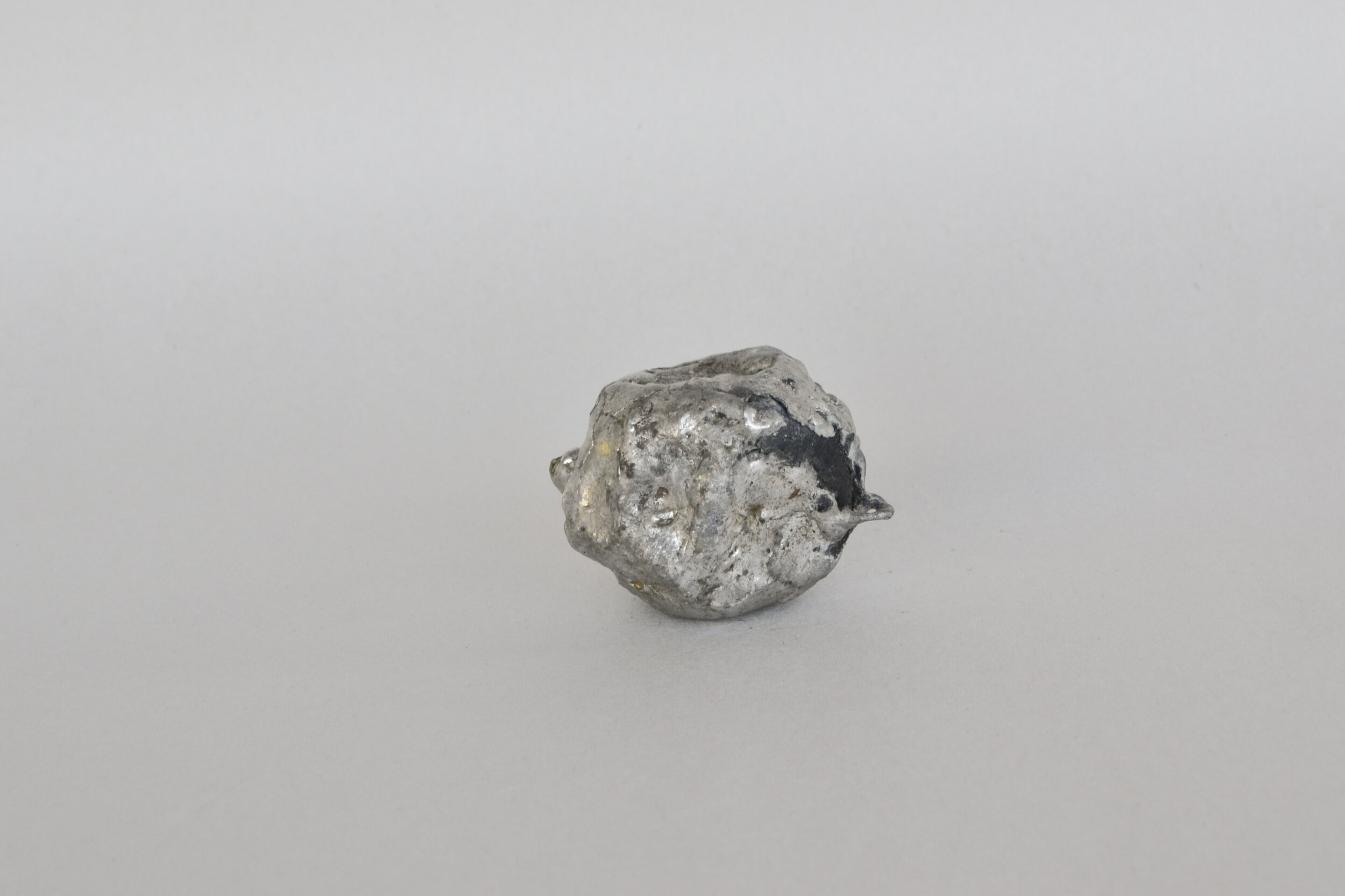
Soldered Clementine // c. March 2020 // clementine, copper, metal solder

Soldered Clementine // c. March 2020 // clementine, copper, metal solder

Soldered Clementine // c. March 2020 // clementine, copper, metal solder

Soldered Clementine // c. March 2020 // clementine, copper, metal solder

Soldered Clementine // c. March 2020 // clementine, copper, metal solder

Soldered Clementine // c. March 2020 // clementine, copper, metal solder

Soldered Clementine // c. March 2020 // clementine, copper, metal solder

Clementine in Copper // c. May 2020 // clementine, copper

Clementine in Copper // c. May 2020 // clementine, copper

Clementine in Copper // c. May 2020 // clementine, copper

Clementine in Copper // c. May 2020 // clementine, copper

Clementine in Copper // c. May 2020 // clementine, copper

Clementine in Copper // c. May 2020 // clementine, copper

Apple in Paint Casing // c. May 2020 // apple, graphite, acrylic paint

Apple in Paint Casing // c. May 2020 // apple, graphite, acrylic paint

Apple in Paint Casing // c. May 2020 // apple, graphite, acrylic paint

3 Soldered Strawberries // c. February 2020 // strawberries, copper, metal solder

3 Soldered Strawberries // c. February 2020 // strawberries, copper, metal solder

3 Soldered Strawberries // c. February 2020 // strawberries, copper, metal solder

3 Soldered Strawberries // c. February 2020 // strawberries, copper, metal solder
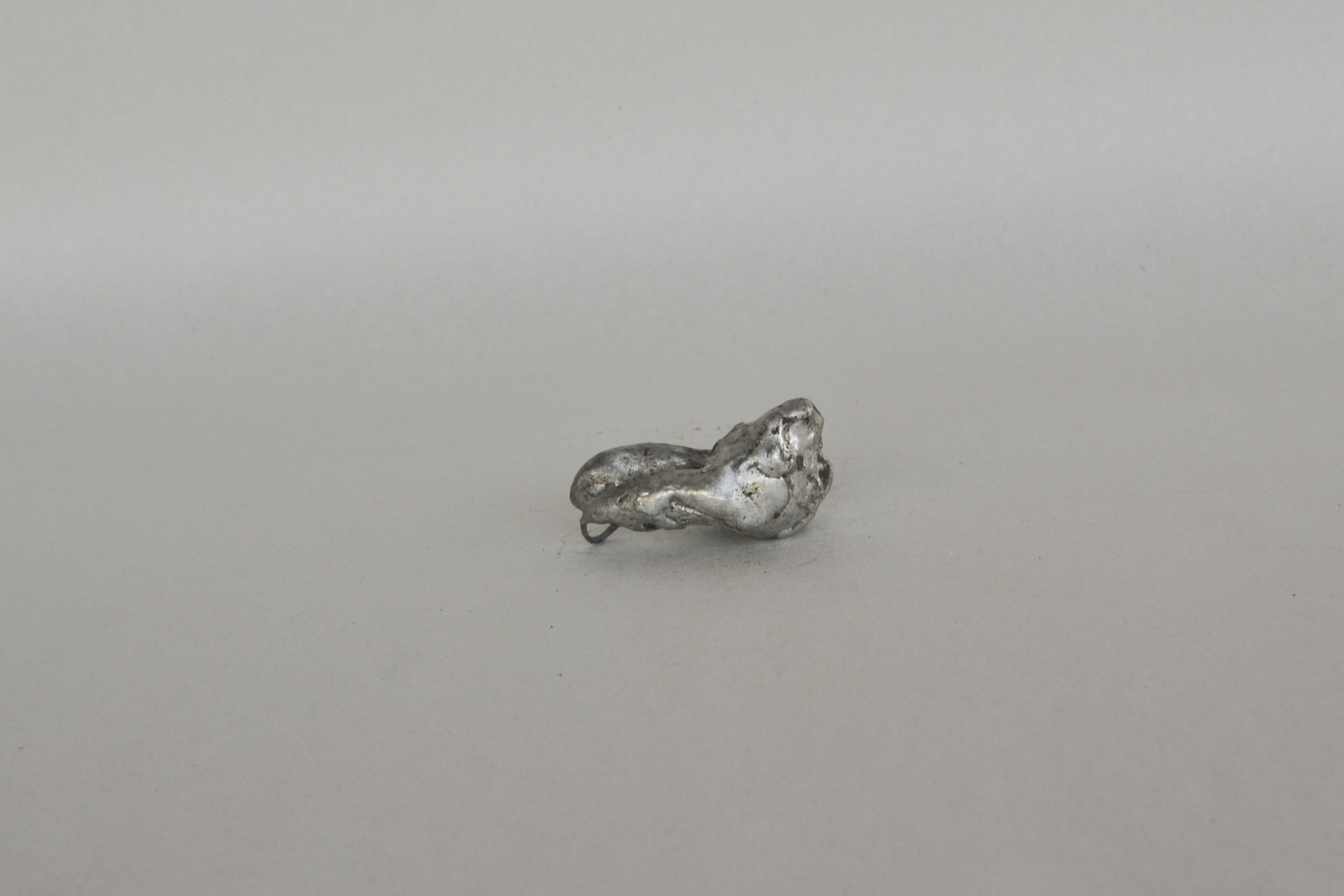
3 Soldered Strawberries // c. February 2020 // strawberries, copper, metal solder

3 Soldered Strawberries // c. February 2020 // strawberries, copper, metal solder

Waxed Pear // c. March 2020 // pear, baking soda, studio debris, wax

Waxed Pear // c. March 2020 // pear, baking soda, studio debris, wax

Waxed Pear // c. March 2020 // pear, baking soda, studio debris, wax

Waxed Pear // c. March 2020 // pear, baking soda, studio debris, wax

Waxed Pear // c. March 2020 // pear, baking soda, studio debris, wax

Clementine in Solder // May 2020 // metal solder, copper, clementine

Clementine in Solder // May 2020 // metal solder, copper, clementine

Clementine in Solder // May 2020 // metal solder, copper, clementine
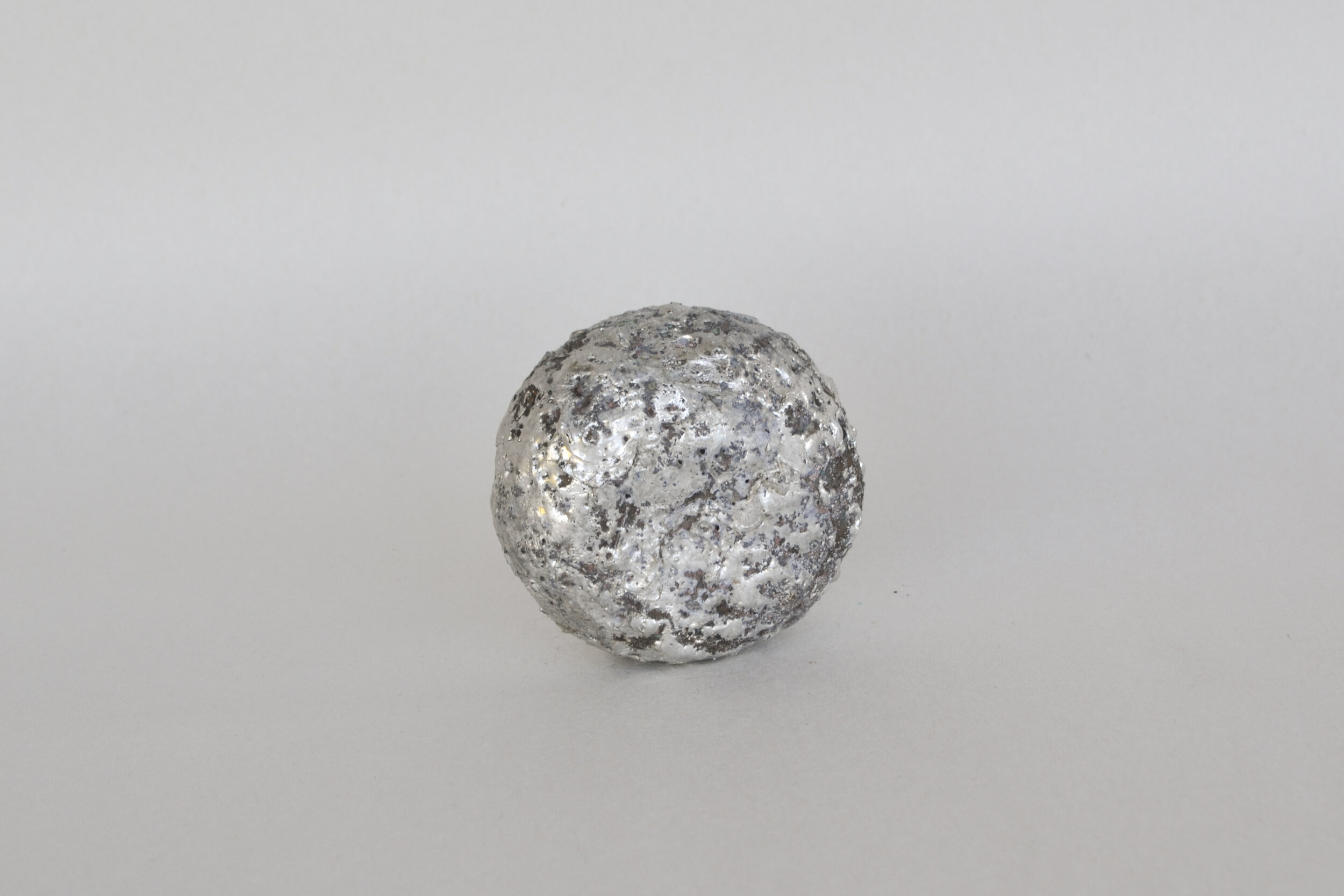
Clementine in Solder // May 2020 // metal solder, copper, clementine

Clementine in Solder // May 2020 // metal solder, copper, clementine

Beaded and Enameled Lemon // c. February 2020 // lemon, beads, pins, enamel paint

Beaded and Enameled Lemon // c. February 2020 // lemon, beads, pins, enamel paint

Waxed Apple in Shell // c. May 2020 // apple, studio debris, wax, shell

Waxed Apple in Shell // c. May 2020 // apple, studio debris, wax, shell

Waxed Apple in Shell // c. May 2020 // apple, studio debris, wax, shell

Waxed Apple in Shell // c. May 2020 // apple, studio debris, wax, shell

Waxed Apple in Shell // c. May 2020 // apple, studio debris, wax, shell

Waxed Apple in Shell // c. May 2020 // apple, studio debris, wax, shell

Waxed Apple in Shell // c. May 2020 // apple, studio debris, wax, shell

Soldered Apple with Holes // c. March 2020 // apple, copper foil, copper wire, metal solder

Soldered Apple with Holes // c. March 2020 // apple, copper foil, copper wire, metal solder

Soldered Apple with Holes // c. March 2020 // apple, copper foil, copper wire, metal solder

Soldered Apple with Holes // c. March 2020 // apple, copper foil, copper wire, metal solder

Soldered Apple with Holes // c. March 2020 // apple, copper foil, copper wire, metal solder

Soldered Apple with Holes // c. March 2020 // apple, copper foil, copper wire, metal solder
Q&A between Karla Centeno and Gabriella Grill:
KC: One of the first things I noticed about you is that you always carry a notebook to scribble/draw on. Has this always been a habit? What is really on those pages?
GG: I do carry a notebook around with me all the time. I have kept journals for years. I hate the feeling of having an idea or learning something new and not having a safe place to record it. I use it for everything: sketching projects, jotting down ideas, making To Do lists, taking notes in meetings, etc. I like having all of the thoughts that are going through my head in one place so that it’s easy to refer back and get a sense of what I was thinking about. This way nothing gets lost.
KC: Was there a determining factor when deciding what material to dip each fruit in?
GG: Not exactly-I coated some of the fruit in a layer of metal to serve as an armor to protect the fruit from decay and time. For the others that are coated in clay, wax, enamel, glue, etc. I was really just playing with material and developing other ways to create armor for fruit. Though some of the armored fruit are softer than others, they are all somewhat protected by the material holding them.
KC: What challenges do the materials pose (i.e. rotting fruit)?
GG: Through my “mummified” fruit, I am attempting to preserve the object through encapsulation. The shell that I create around the fruit maintains the outer shape and form, but does not actually protect the fruit because they are not airtight. Some of the fruit are only coated in layers of enamel or partially covered by clay. In these cases, the fruit are still visibly withered and rotten. Because none of the fruit are completely airtight, there are still factors regarding the ongoing lives of the fruit that I am not able to control.
KC: Why are you interested in working with materials that have a life cycle (i.e. fruits, recycled materials)?
GG: Ultimately, I am interested in exploring the cycle of life through metaphor. I use fruit, milk, clothing, and some household objects as a metaphor for human life, as inanimate objects that still have a cycle associated with them. Of course, fruit and milk (the organic materials I have been working with) are literally living materials, and their decay can be seen visually as they go bad. Though I also find that inorganic material has a lifespan in a different sense. There is a period of time that inorganic materials are “in life”- from the time of production, through use, until the object is thrown out.
KC: I know this project has gone through many iterations. Please share how this work has changed over time?
GG: At first, I started creating these fruits for a mobile-like orrery. I was trying to use the fruits as a small scale metaphor for human life, and an even more small scale metaphor for planets in a universe. Each fruit was meant to represent a different planet in a fictitious universe, and were meant to spin on a motor around a light source. Each fruit has a loop so that it would be able to be strung up and hung from a larger structure.
I was starting this project at my studio at Stanford, but when we had to start working from home due to covid-19, I had to change plans. I had all these fruit coated in different materials, but the rest of the structure could not be completed from home. I started stringing the fruit together, hanging them up on my balcony, attaching different things to the loops attached to them. Ultimately I realized that they work best on their own, as individual small sculptures that can be experienced as a group. The little loops attached to the fruit have given them a new layer of meaning for me, as they frame the fruit as votives, or small offerings to a higher power.
